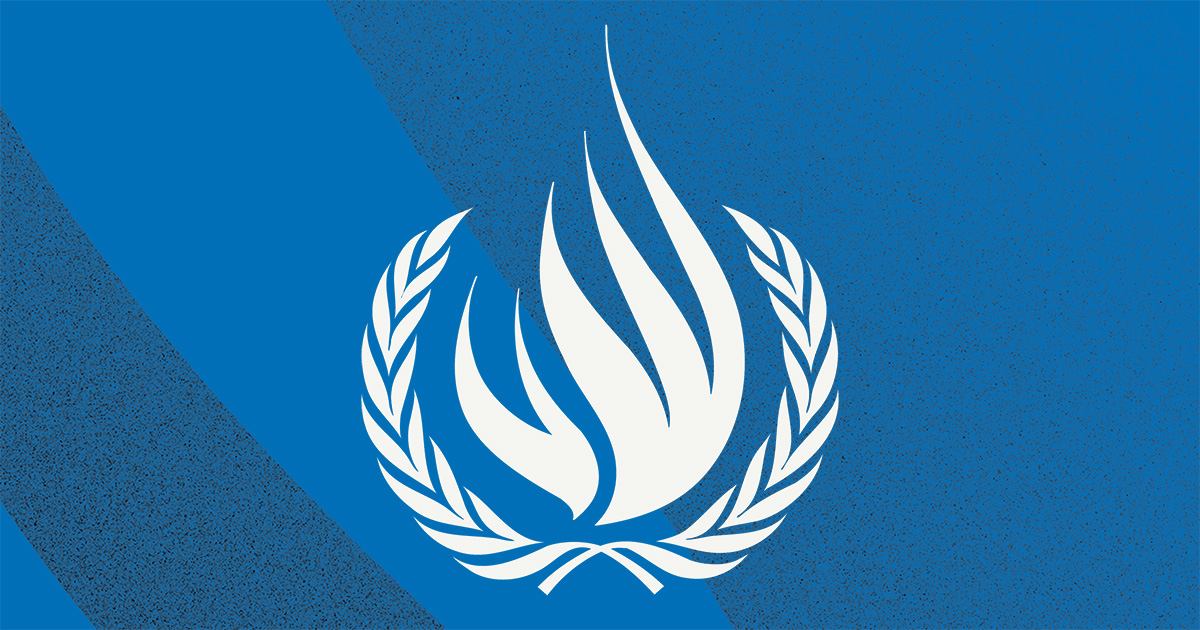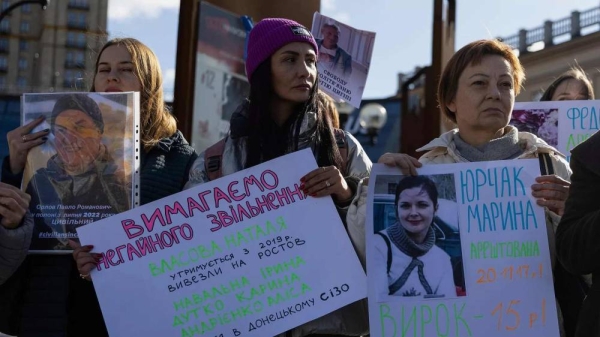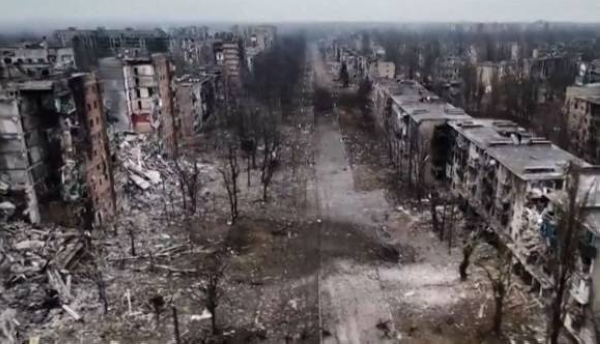
From
Spokesperson for the UN High Commissioner for Human Rights Liz Throssell joined by Danielle Bell Head of the UN Human Rights Monitoring Mission in Ukraine (remotely from Kyiv)
Location
Geneva
We have this morning published our latest report on Ukraine. It covers key human rights developments from 1 June to 31 August 2024, during which civilian casualties and damage to civilian infrastructure increased significantly.
With 589 civilians killed and 2,685 injured, there was a 45 per cent increase in casualties on the previous three months. The deadliest single day was 8 July when a large-scale coordinated missile attack by the Russian Federation left at least 43 civilians dead. The majority of casualties occurred in territory controlled by Ukraine.
A significant development was the Ukrainian armed forces’ cross-border incursion on 6 August into the Kursk region of the Russian Federation. While we have established some names of civilians who were killed and injured in connection with this incursion, we have not been able to establish the exact circumstances of these casualties due to lack of access and limited available public information. In August, we requested Russian authorities to facilitate our access for these purposes, but, to date, this has not been granted.
As of 31 August, the UN Human Rights Monitoring Mission in Ukraine (HRMMU) had verified that conflict-related violence had killed 11,743 civilians and injured 24,614 in Ukraine since 24 February 2022.
During the reporting period, Russian armed forces continued to target energy infrastructure across Ukraine, affecting essential services and deepening concerns about the plight of the civilian population with winter approaching.
These trends continued into September. The civilian casualty numbers for September are on track to be as high as in August. Intensive military efforts by Russian armed forces have forced the Ukrainian government to evacuate thousands from areas near the frontline. Attacks against cities across Ukraine, for example in Sumy, Kharkiv, and Zaporizhzhia, have damaged and destroyed civilian property and infrastructure, including schools, hospitals, and even a geriatric care home. And we have documented even more attacks against Ukraine’s energy infrastructure.
Regarding prisoners of war, the report, based on hundreds of interviews, details how Russian authorities have subjected Ukrainian POWs to widespread and systematic torture and ill-treatment. A range of factors indicate that supervisors in the detention facilities were aware of this treatment and had the ability to prevent it. Some public figures in the Russian Federation have explicitly encouraged inhumane treatment, and even killing, of Ukrainian POWs.
The report also assesses that that Russian POWs were subjected to torture or ill-treatment by Ukrainian forces during initial stages of captivity.
The High Commissioner for Human Rights will formally present this report to the UN Human Rights Council on 8 October.
To read the full report, click here https://www.ohchr.org/en/documents/country-reports/40th-periodic-report-human-rights-situation-ukraine-treatment-prisoners
For more information and media requests, please contact:
In Geneva
Ravina Shamdasani - + 41 22 917 9169 / ravina.shamdasani@un.org
Liz Throssell - + 41 22 917 9296 / elizabeth.throssell@un.org
Jeremy Laurence - +41 22 917 9383 / jeremy.laurence@un.org
Tag and share
X @UNHumanRights
Facebook unitednationshumanrights
Instagram @unitednationshumanrights












